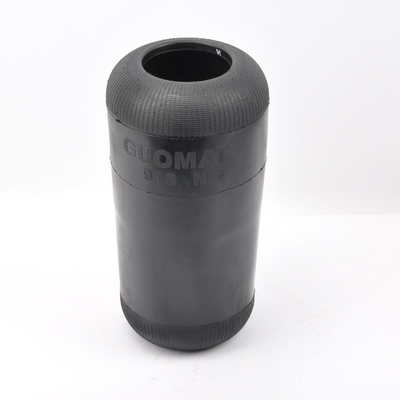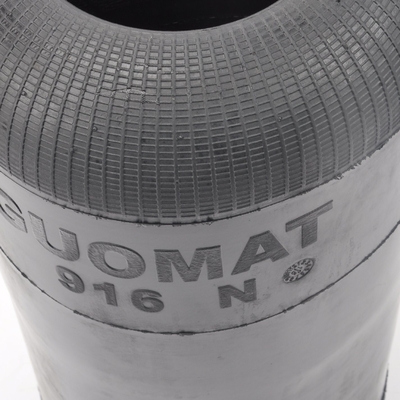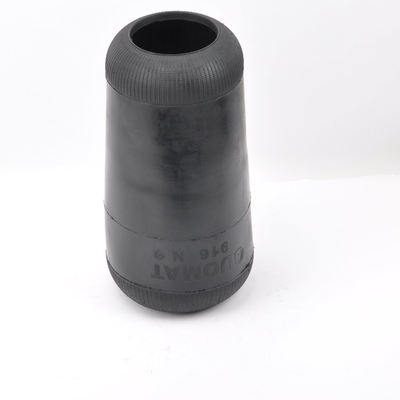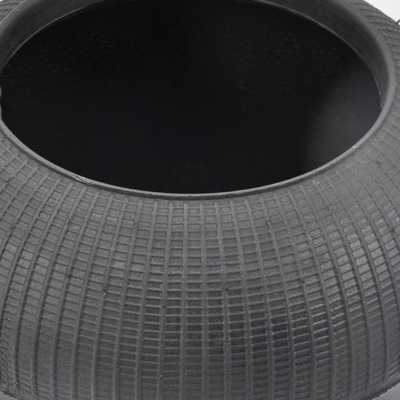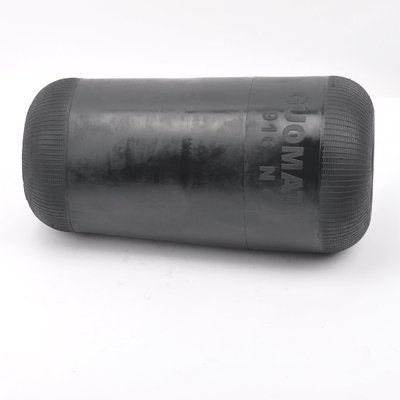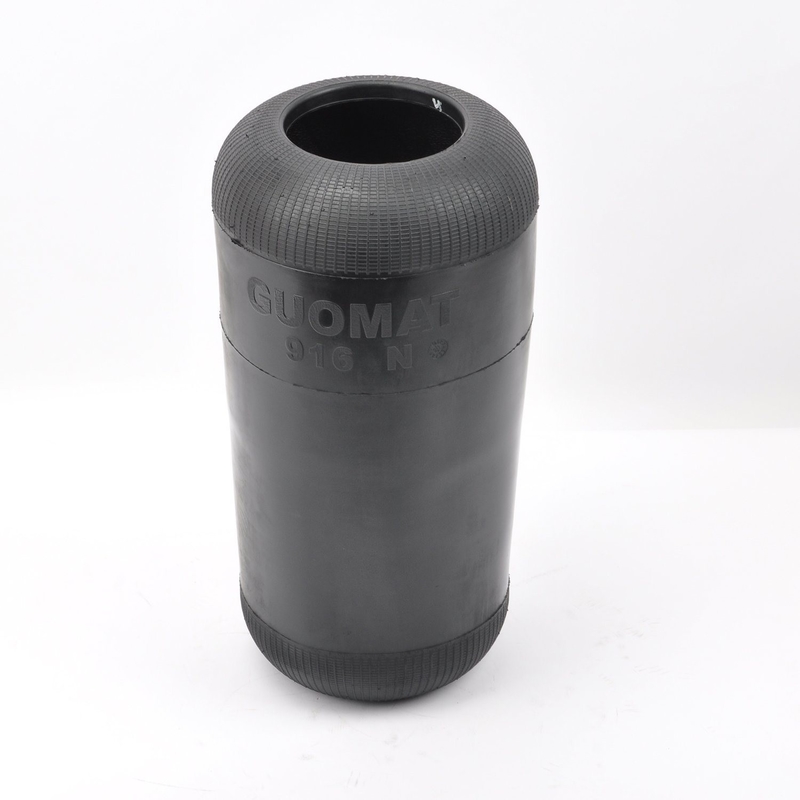Jak zmontować powietrzną spręgę zawieszenia autobusu
I. Przygotowanie
Środki bezpieczeństwa: zaparkować autobus na płaskiej powierzchni.Odłączyć zasilanie i uwolnić sprężone powietrze z zbiornika powietrza.
II. Usunięcie starej źródła powietrza
Uwolnienie ciśnienia powietrza: Odłącz złącze węża powietrznego sprężyny powietrznej i zacisnij go szczypcami węża powietrznego, aby zapobiec wyciekom powietrza.
Usunięcie elementów montażowych: Usunięcie górnych i dolnych śrub/owoców montażowych sprężyny powietrznej (uwaga, że sprężyna może nadal mieć napięcie).Najpierw rozluźnij śruby siedzenia..
III. Instalacja nowej sprężyny powietrznej
Pozycjonowanie i wyrównanie: Pozycjonowanie nowej sprężyny powietrznej w położeniu montażu, zapewniając, aby górne i dolne otwory zwojowe były wyrównane z ramą i ramieniem zawieszenia.Unikaj skręcania lub rozciągania węża powietrza.
Śruby zabezpieczające: najpierw ręcznie zacisnąć wszystkie śruby w celu zapewnienia prawidłowego zaangażowania nitki.wstrząsanie śrubami, aby uniknąć nierównomiernego obciążenia.
Podłączenie przewodu powietrza: podłączyć przewód powietrza, upewnić się, że pierścienie O i uszczelki są nietknięte, i nałożyć niewielką ilość tłuszczu, aby zapobiec wyciekom.
IV. Badanie i dostosowanie
Sprawdzenie nacisku i przecieków: uruchom silnik i napełnij system powietrza do ciśnienia roboczego (zwykle 5-8 barów).
Dostosowanie wysokości: Niektóre autobusy wymagają regulacji wysokości za pomocą czujnika lub ręcznego zaworu. W celu uzyskania standardowych wartości należy zapoznać się z instrukcją obsługi.
Badanie drogowe: badanie nieprawidłowego hałasu przy niskiej prędkości i sprawdzenie efektu amortyzacji.
V. Środki ostrożności
Przeciśnienie jest surowo zabronione: ciśnienie nacisku nie może przekraczać wartości kalibracji sprężyny.
Regularna kontrola: Pęcherze gumowe są podatne na starzenie się; co sześć miesięcy sprawdzaj je pod kątem szczelin lub zużycia.
Profesjonalna obsługa: W przypadku zastosowania elektronicznych systemów sterowania (takich jak ECAS) wymagane jest specjalistyczne wyposażenie.
VI. Wspólne problemy
Wycieki powietrza: Wymiana uszczelnień lub zaciśnięcie przewodu powietrza.
Nierównomierna wysokość: sprawdź, czy nie występuje zablokowanie czujnika lub przewodu powietrza.
Nienormalny hałas: sprawdź, czy sprężyna jest prawidłowo zainstalowana i czy wnętrze nie jest zużyte.

 Twoja wiadomość musi mieć od 20 do 3000 znaków!
Twoja wiadomość musi mieć od 20 do 3000 znaków! Proszę sprawdzić email!
Proszę sprawdzić email!  Twoja wiadomość musi mieć od 20 do 3000 znaków!
Twoja wiadomość musi mieć od 20 do 3000 znaków! Proszę sprawdzić email!
Proszę sprawdzić email! 

